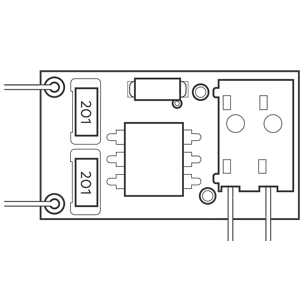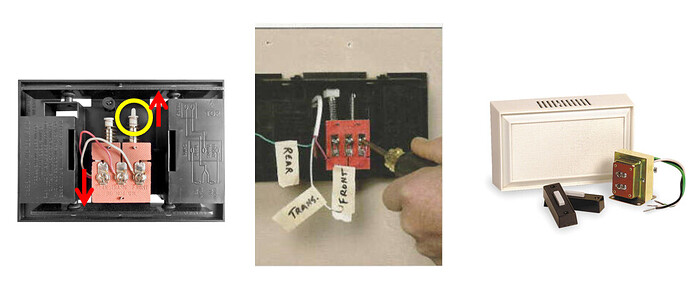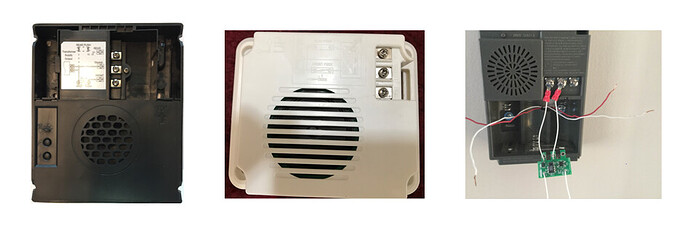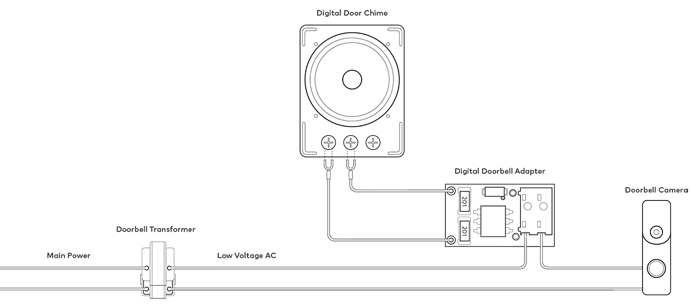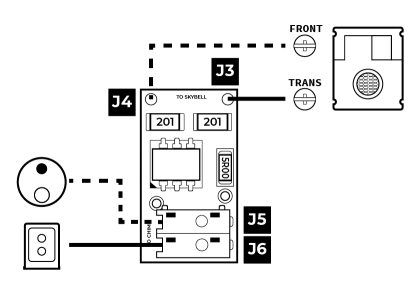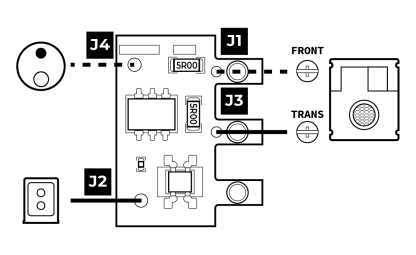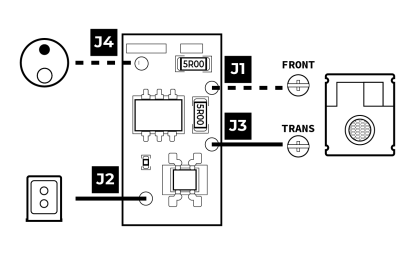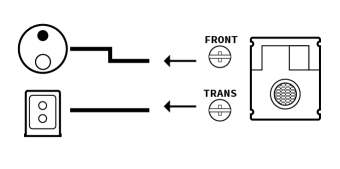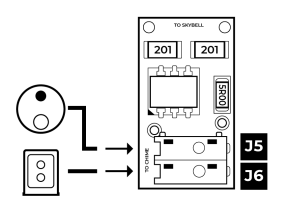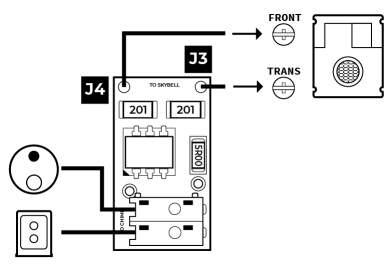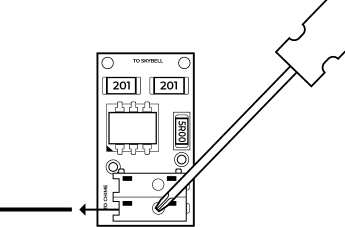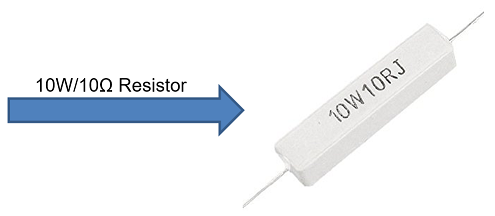Use this guide to assist with the installation of your Alarm.com compatible SkyBell video doorbell.
The following SkyBell Doorbell Cameras are fully compatible with Alarm.com:
- Slim Line I Wi-Fi Doorbell Camera (ADC-VDB105/106)
- Slim Line II W-Fi Doorbell Camera (ADC-VDB105x/106x)
- SkyBell HD Wi-Fi Doorbell Camera (ADC-VDB101/102)
Important
Slim Line incompatible with SkyBell and other platforms
The Slim Line Wi-Fi Doorbell Cameras are not compatible with other platforms and apps, such as the SkyBell platform.
SkyBell HD cameras
Certain SkyBell HD Wi-Fi Doorbell Cameras, not purchased through Alarm.com, may not be compatible with the Alarm.com platform.
SkyBell V1 and V2 not compatible
SkyBell V1 and V2 cameras are not compatible with Alarm.com.
SkyBell Trim, Trim Pro are not Compatible
Requirements
Power and chime type
10-36 VAC (16-24 VAC is recommended), 10 VA or 12 VDC, 0.5 to 1.0 A wired to an in-home mechanical or digital doorbell chime.
Important considerations
- A SkyBell Digital Doorbell Adapter must be installed if a digital doorbell chime is present.
- Do not install more than two doorbell cameras on a single transformer. A power rating of 10 VA per doorbell is required.
Caution: An in-line resistor (10 Ohm, 10 Watt) is required when installing the doorbell camera without a wired, in-home doorbell chime. This is typically done when testing the doorbell or giving a demonstration. Failure to install a resistor when a chime is not present may result in damage to the doorbell camera.
Wi-Fi
Upload speed of 2 Mbps is required. Compatible with Wi-Fi 802.11b/g/n, 2.4 GHz or 5 GHz for the Slim Line II (on the 20 MHz bandwidth channel) up to 150 Mbps
Pre-installation checklist
Working doorbell check
A wired doorbell circuit is required to provide power to the SkyBell Doorbell Camera. First, verify the existing wired doorbell is working and that it is wired properly. There is a power issue if the existing doorbell does not ring the indoor chime when the button is pressed. This issue must be addressed before beginning the SkyBell Doorbell Camera installation process.
Wired doorbell check
Verify the existing doorbell is wired by visually inspecting the doorbell button for wires. If necessary, the doorbell can be removed from the wall to check for wiring. You can also inspect the chime inside the home – a chime plugged into a power outlet might indicate an incompatible wireless doorbell system is in place.
Doorbell chime type check
Locate the chime inside the home and remove the faceplate. Identify the chime as one of the following types:
-
Mechanical chime
- If the chime has metal bars and a striker pin, it is mechanical and will work without additional hardware.
-
Digital chime
- If the chime has a speaker that plays a tone when pressed, it is digital and will require the installation of the SkyBell Digital Doorbell Adapter and the enabling of the digital doorbell setting in the app to function properly.
Incompatible Chime Types
- Tube chime
- Intercom system
